Easy Guide to Growing Your Own Mango Orchard from Seed
Imagine enjoying mangoes that you've grown yourself, right from your backyard.
Starting a mango orchard at home is simpler than you might think and brings endless joy.
From seeding to harvesting, learn the steps to cultivate your own mangoes.
Your home garden awaits its transformation into a vibrant orchard.
Gather Your Supplies
The Reward of Growing Mangoes
There’s nothing like enjoying fresh, homegrown mangoes! Explore the joys and benefits of growing your own mango tree, from planting to harvesting.
Harvesting
At last, it’s harvest time! Mangoes are usually ready when they turn from green to shades of yellow, orange, or red, depending on the type. Handle them gently to avoid bruising.
Storage
After harvesting, let mangoes ripen at room temperature for a few days. They’re ready when they smell sweet and feel slightly soft. You can refrigerate ripe mangoes for a few more days to keep them fresh.
Tips for Growing Mangoes Successfully
Want to grow mangoes like a pro? These tips will help you navigate every step, ensuring your mango tree grows healthy and produces juicy fruit.
Pollination
Mango trees are often pollinated by insects. If you’re growing indoors or where insects are scarce, try hand-pollinating by transferring pollen with a small brush or cotton swab.
Protection
Young mango trees are sensitive to strong winds, which can harm their branches and leaves. Use windbreaks or plant in a sheltered spot for extra protection.
Pest and Disease Control
Watch for common pests like aphids, scale insects, and mealybugs. Check regularly for disease signs and address issues promptly.
Preparing and Germinating Mango Seeds
Starting your mango-growing journey begins with the seeds! Learn how to prepare and germinate them to ensure healthy growth and strong seedlings.
Extract the Seed
Start with a ripe mango, slice it open, and carefully take out the flat seed.
Remove the Husk
Use a knife or your nails to gently peel off the outer husk without harming the seed. Let it dry for a day or two.
Sprout the Seed
Soak the seed in water for a day, then plant it about an inch deep in a pot with good-draining soil. Keep the soil moist and place the pot in a sunny spot.
Cover it with plastic wrap to keep humidity in, and in two to four weeks, you’ll see a sprout.
Choosing a Pot and Planting
Picking the right pot is crucial for your mango tree's success. Discover how to choose the best container and plant your tree for optimal growth.
Choose a Pot
Pick a large pot, like a 20-gallon container with good drainage, for your mango once it has grown a few leaves.
Transplant Carefully
Gently move the young mango tree, keeping its roots intact. Plant it at the same depth as before, fill the pot with well-draining soil, and leave some room at the top for watering. Now it’s ready to grow in its new home.
Nutrients and Sunlight for Mango Trees
Mango trees thrive with proper care. Find out the essential nutrients and sunlight requirements to help your tree flourish and bear delicious fruit.
Watering
Water your mango tree regularly, especially in hot, dry weather, about a few times a week in summer and every two weeks in winter. Keep the soil moist but not soaked. A moisture meter can help, and adding organic mulch on top retains moisture and keeps weeds away.
Sunlight
Mangoes need at least 6 hours of direct sunlight daily. If growing indoors, place them by a sunny window or use grow lights.
For outdoor plants, gradually expose them to full sun in summer and protect from frost with covers or by moving them to a sheltered spot.
Fertilizing
Feed mangoes every spring and summer with a balanced organic fertilizer like compost tea or fish emulsion.
Slow-release fertilizers also work well, but avoid high-nitrogen types to promote fruiting. Stop fertilizing in fall and winter as the tree enters dormancy.
Transplanting and Pruning
Repot every 2-3 years to give roots more space, or consider planting it outside in a warm climate. Prune regularly to control size, encourage side branches, and remove dead or diseased parts.

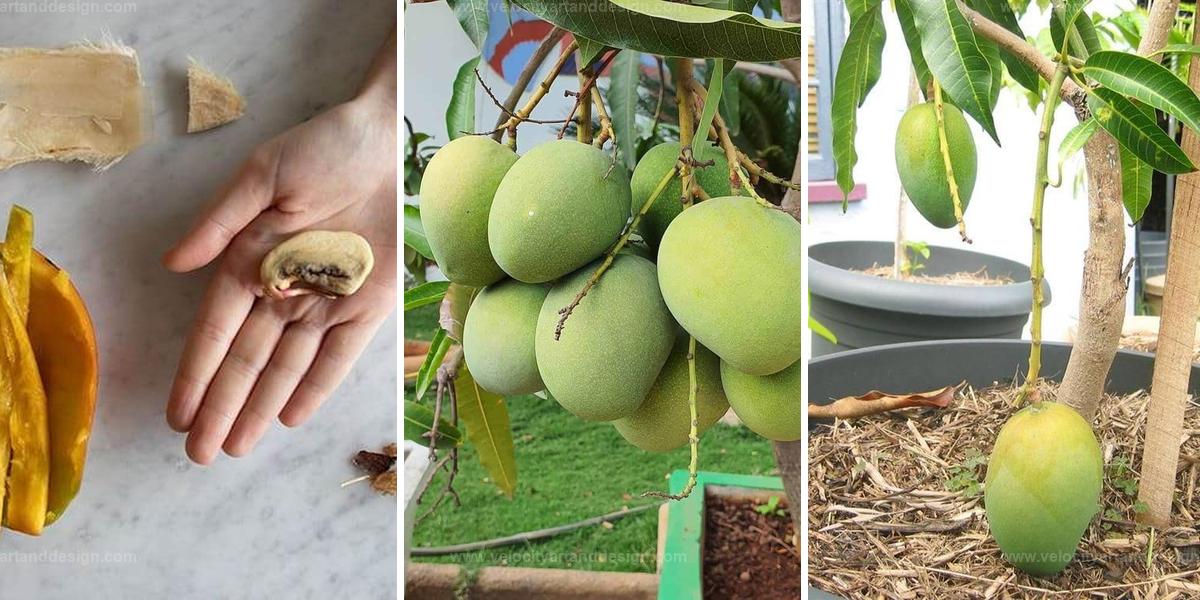
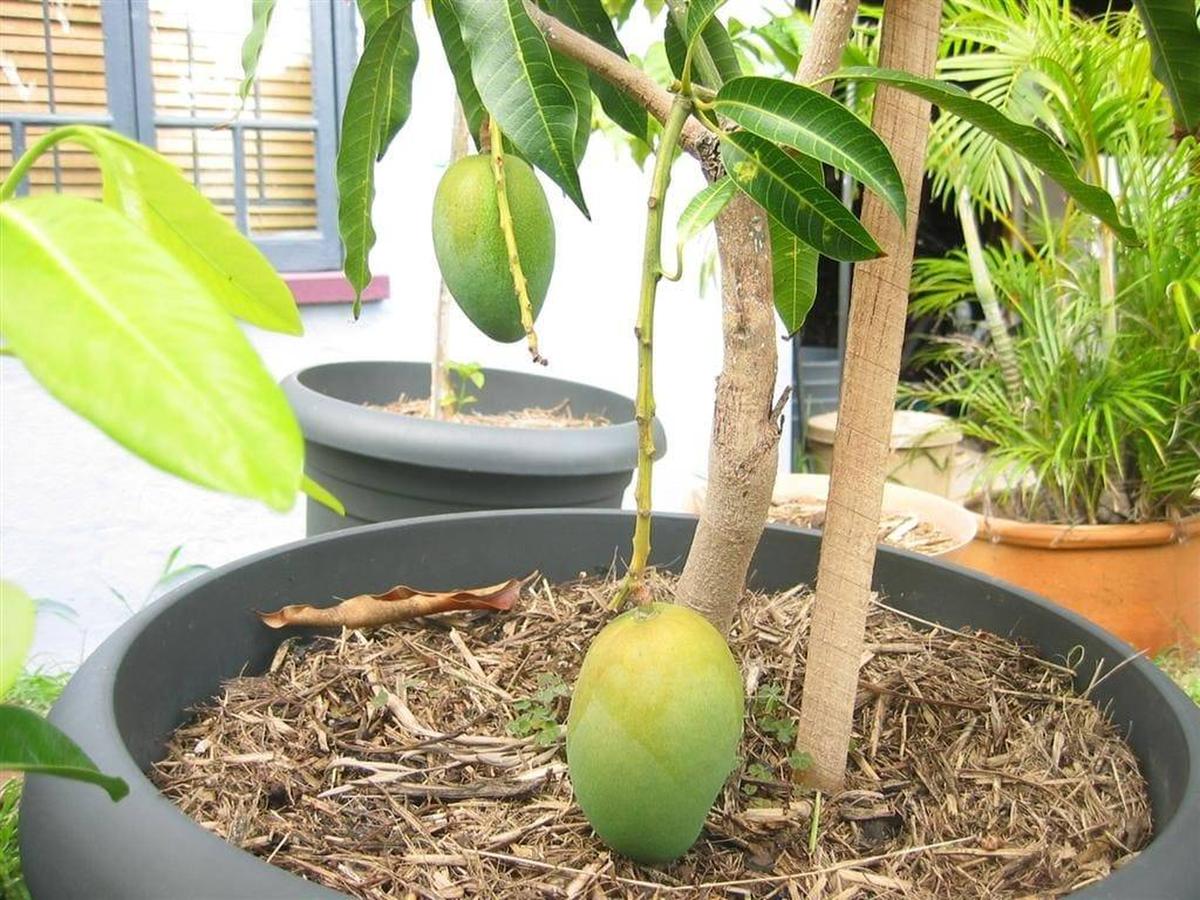
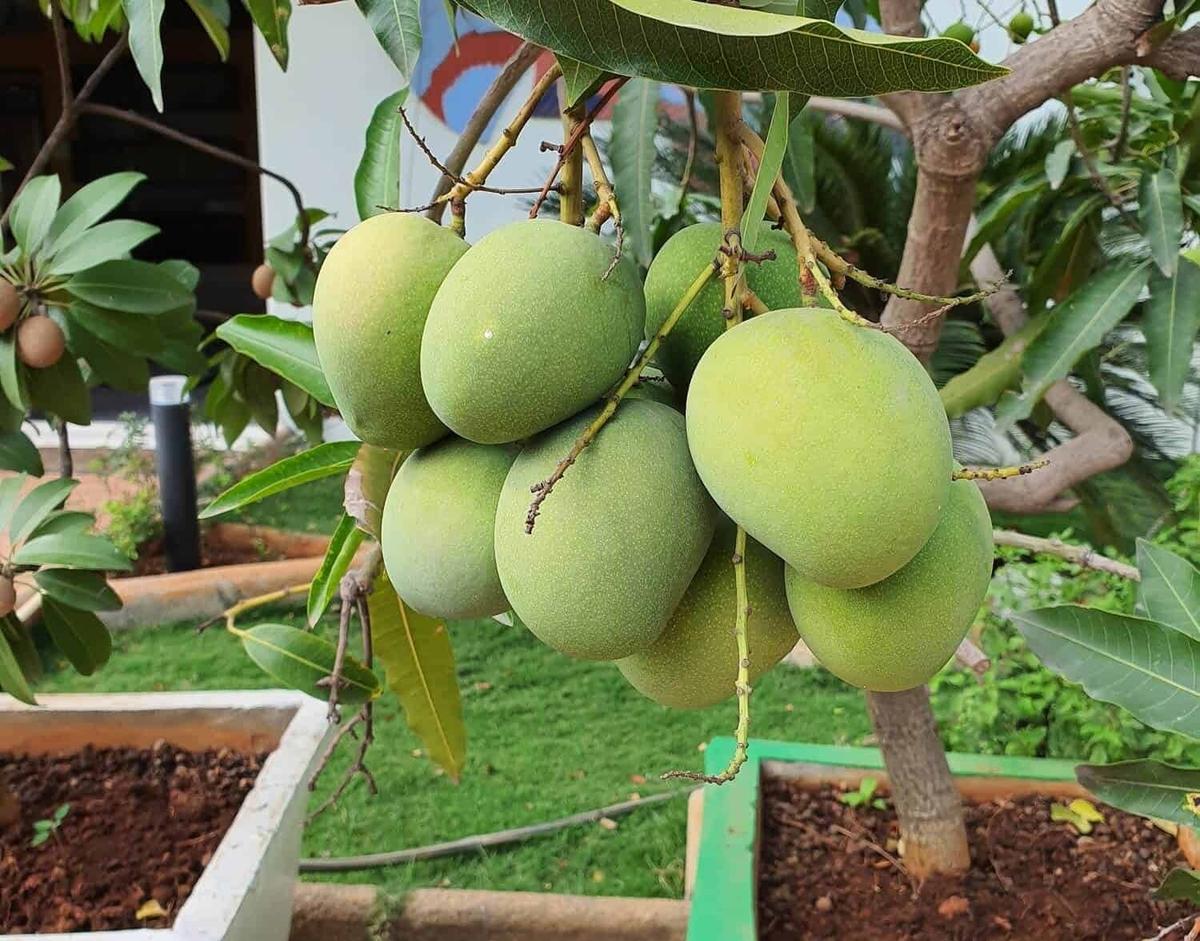
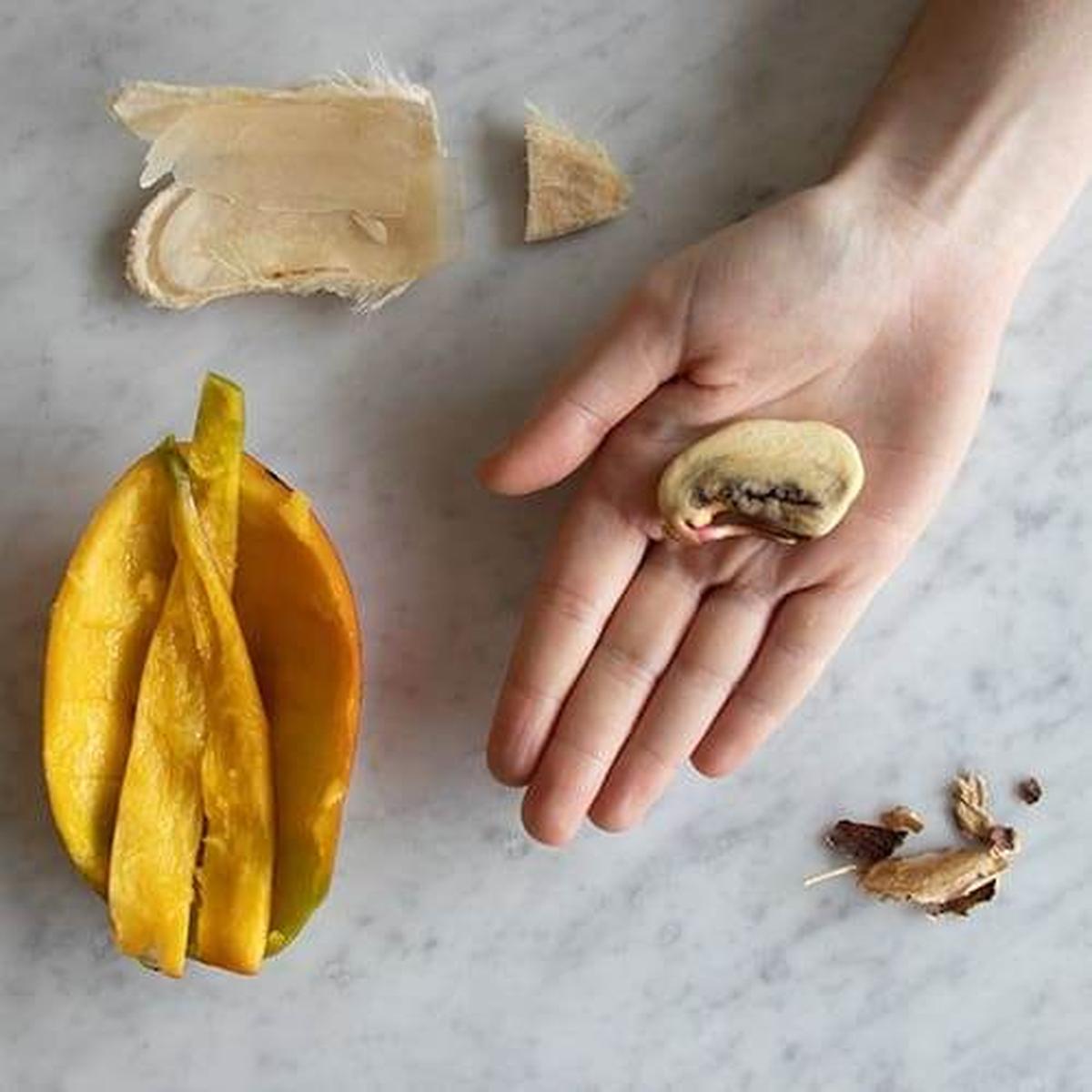
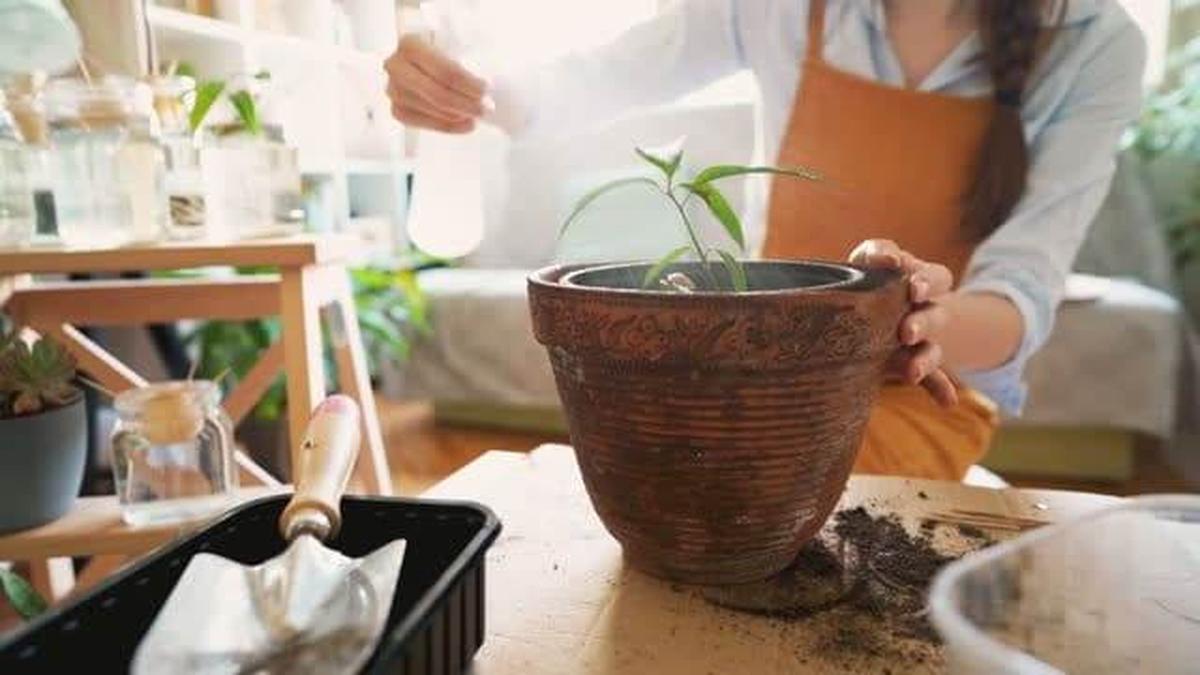
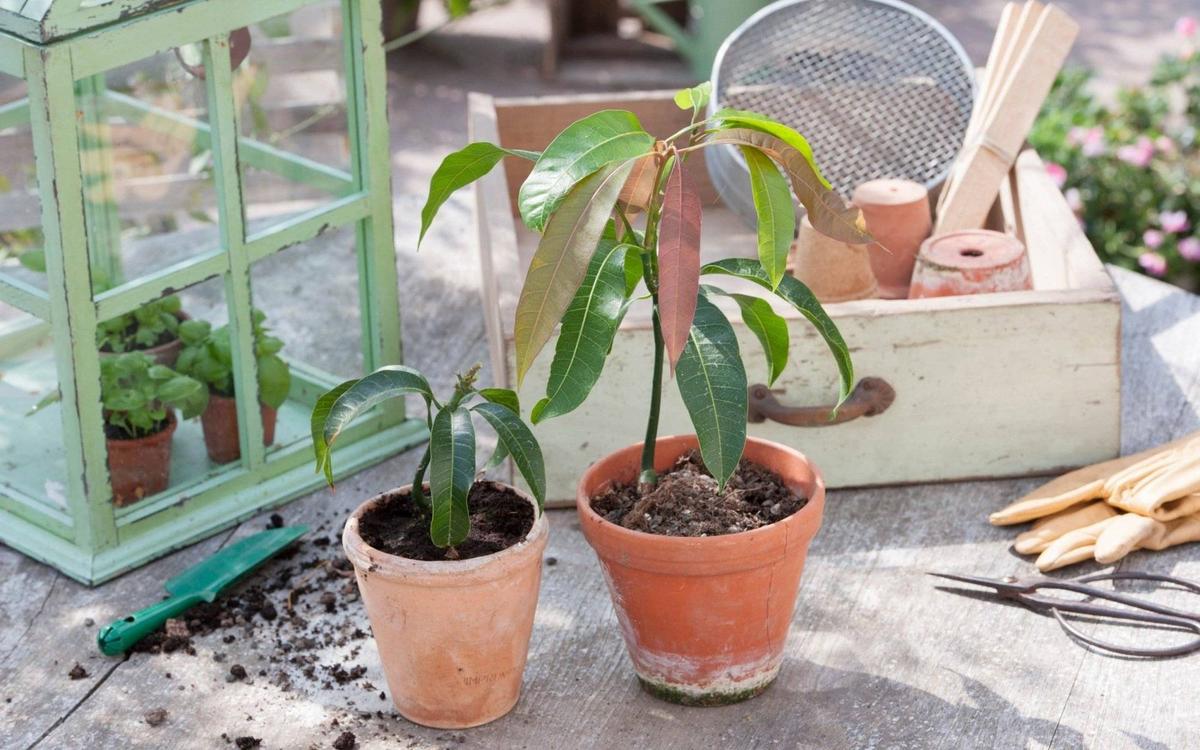
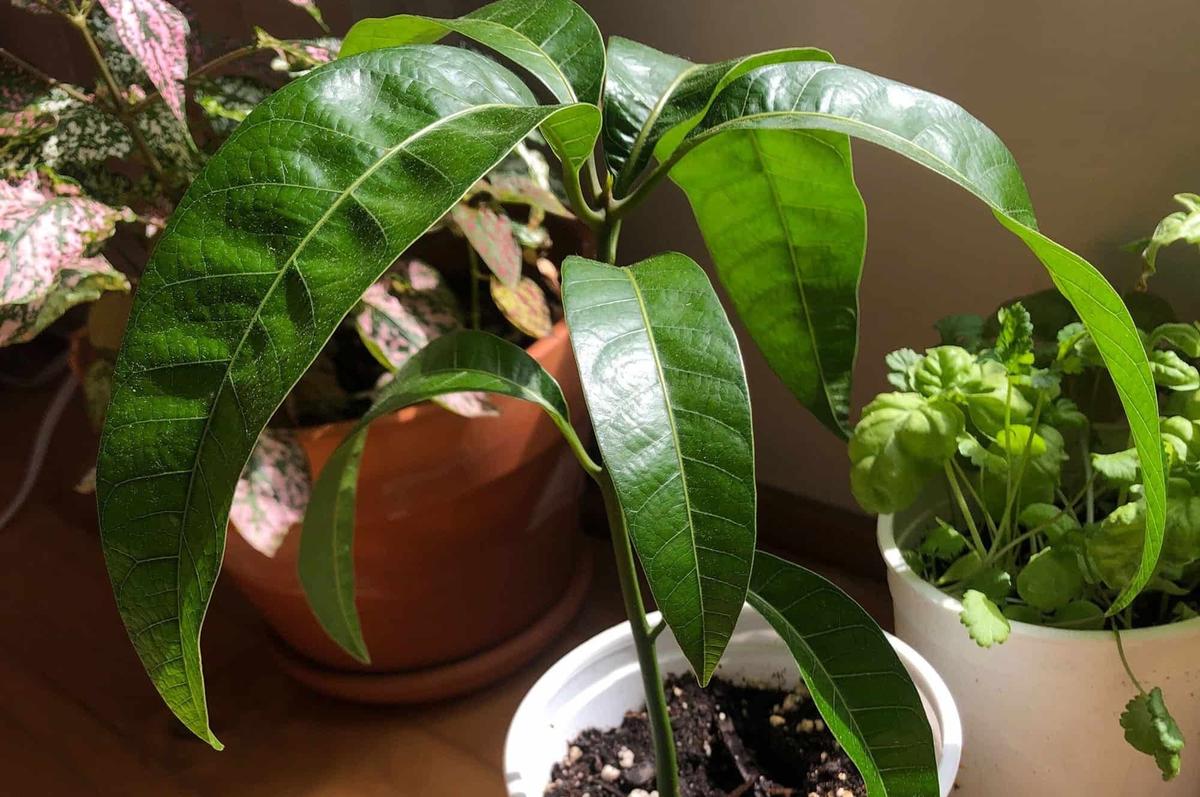
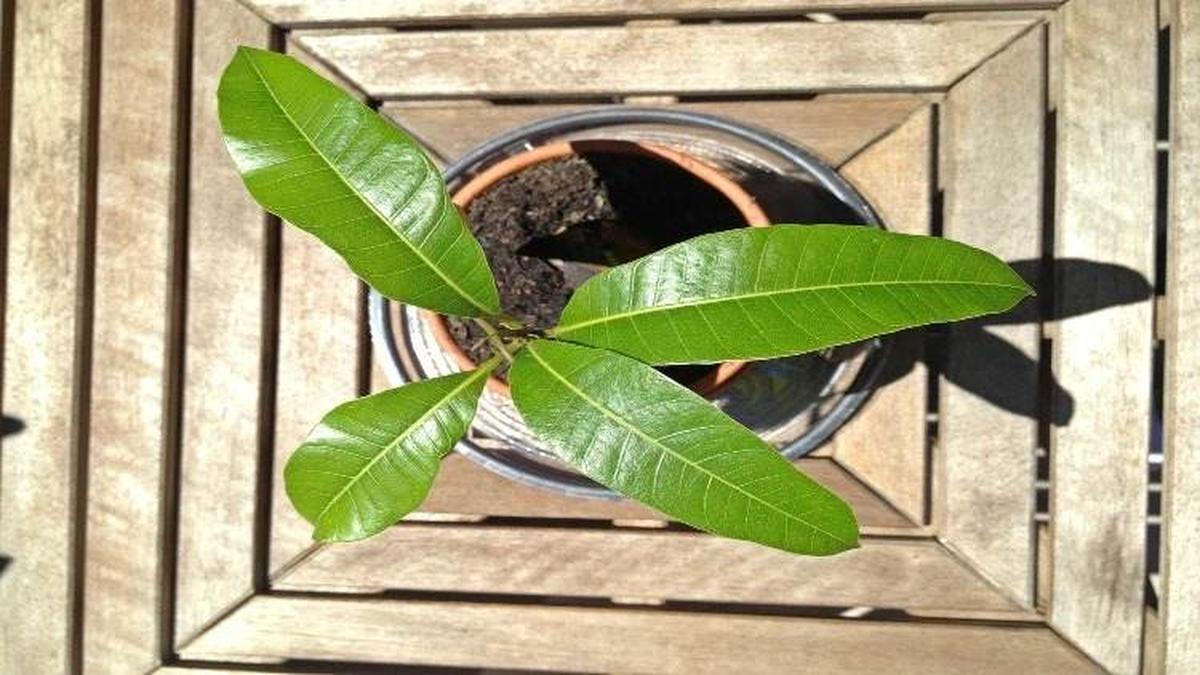
James Turner
Founder & Lead Designer
Expertise
Interior Design, Sustainable Design Practices, Spatial Planning, Innovative Material Applications, Contemporary Art Techniques, Visual Communication, Multimedia Artistry, DIY Design and Home Projects, Eco-Friendly Living Spaces, Creative Solutions
Education
University of Cincinnati College of Design, Architecture, Art, and Planning (DAAP)
Columbus College of Art & Design (CCAD), Columbus, OH
James Turner is the founder and lead designer at Velocity Art and Design. He studied Interior Design at the University of Cincinnati, focusing on eco-friendly design and smart use of space.
Later, he expanded his artistic skills with a Fine Arts Certificate from the Columbus College of Art & Design, where he learned about modern art and visual storytelling.
With over 10 years in design, James is passionate about making spaces that are both beautiful and practical. He shares his DIY tips and creative ideas to inspire others to explore their own creativity and transform their living spaces.